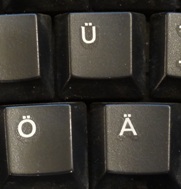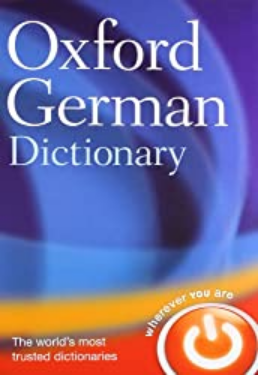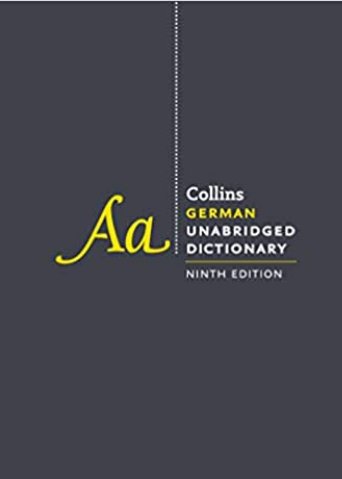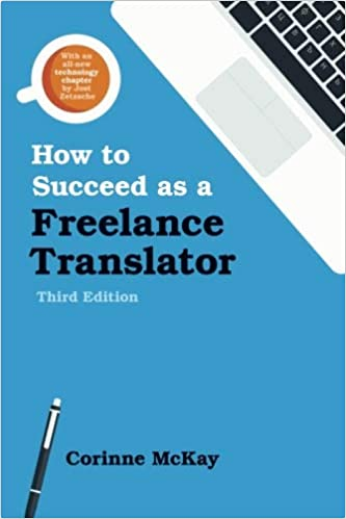The German Umlaut
There are 3 German umlauts: Ä, Ö and Ü
An umlaut is a symbol which describes the sound made by 2 adjoining vowels ("um" = around / "laut" = sound).
They are not separate characters of the German alphabet.
- Ä = A + E ("ae")
- Ö = O + E ("oe")
- Ü = U + E ("ue")
They are easy to pronounce, and sound like a combination of the initial vowel, plus “e”.
The 2 dots above the letter are called diacritic marks, and simply symbolize the “missing” e.
Typing German Umlauts on an English-language keyboard
 Umlauts on the right-hand side of my German keyboard
Umlauts on the right-hand side of my German keyboardIt's fine to write “ae”, “oe” and “ue” when you don’t have a German keyboard, although you can insert them in the form of symbols.
However, if you're regularly working in the German langugage, this will quickly drive you nuts.
If you're tech-savvy you can programme easy shortcuts on your keyboard (so I read).
If not, consider purchasing a German language keyboard! - "QWERTZ"
For those of you using an English-language keyboard (UK - QWERTY), just use this list of commands on the numeric keypad to the right of your keyboard (or number-lock if you don’t have the keypad):
| Umlaut | ALT Key |
|---|---|
| Ä | ALT 142 |
| ä | ALT 132 |
| Ö | ALT 153 |
| ö | ALT 148 |
| Ü | ALT 154 |
| ü | ALT 129 |
Now just to be really confusing, here we have codes for the US keyboard - which also works for my German keyboard:
| Umlaut | ALT Key |
|---|---|
| Ä | ALT 0196 |
| ä | ALT 0228 |
| Ö | ALT 0214 |
| ö | ALT 0246 |
| Ü | ALT 0220 |
| ü | ALT 0252 |
And if you work on a Mac, according to my research you simply:
- ä, ö, ü: press Option + u keys (u stands for Umlaut), then type the vowel you want as an Umlaut (a, o, u)
- Ä, Ö, Ü: press Option + u, and then press Shift + the vowel you want as an umlaut
German Umlauts on the web
The web doesn’t like non-standard letters, and so if there is an umlaut in a person’s name, for example, you should write their name out in full.
E.g.: Herr Jörg Müller’s email address would be written out as joerg.mueller@xxxx.xx
Where will I meet a German Umlaut?
1. Umlauts often signify that a noun is in its plural form, e.g.:
- Hand – Hände
- Apfel – Äpfel
- Haus – Häuser
2. They are often found in the comparative form, e.g.:
- groß – größer ( large-larger)
- alt-älter ( old – older)
3. They also appear in the second and third person singular in the present tense of several strong German verbs, e.g.:
- Backen ( to bake): ich backe, du bäckst, er/sie/es bäckt
- Fangen ( to catch): ich fange, du fängst, er/sie/es fängt
- Laufen (to run): ich laufe, du läufst, er/sie/es läuft
If you’re looking for more background and indepth linguistic information on the German umlaut and its origins, then Wikipedia (of course!) it probably a good starting point .
But if you just need to know how to use them, then I hope that, for most of us, the information above will suffice!

Joanna Scudamore-Trezek
I'm a German to English translator living and working in Vienna, Austria. I turn German texts into clear and accessible English, allowing clients to present their stories, ideas and information to a completely new audience. My business and marketing clients rely on me to get their message across clearly and effectively. How can I help you today?













